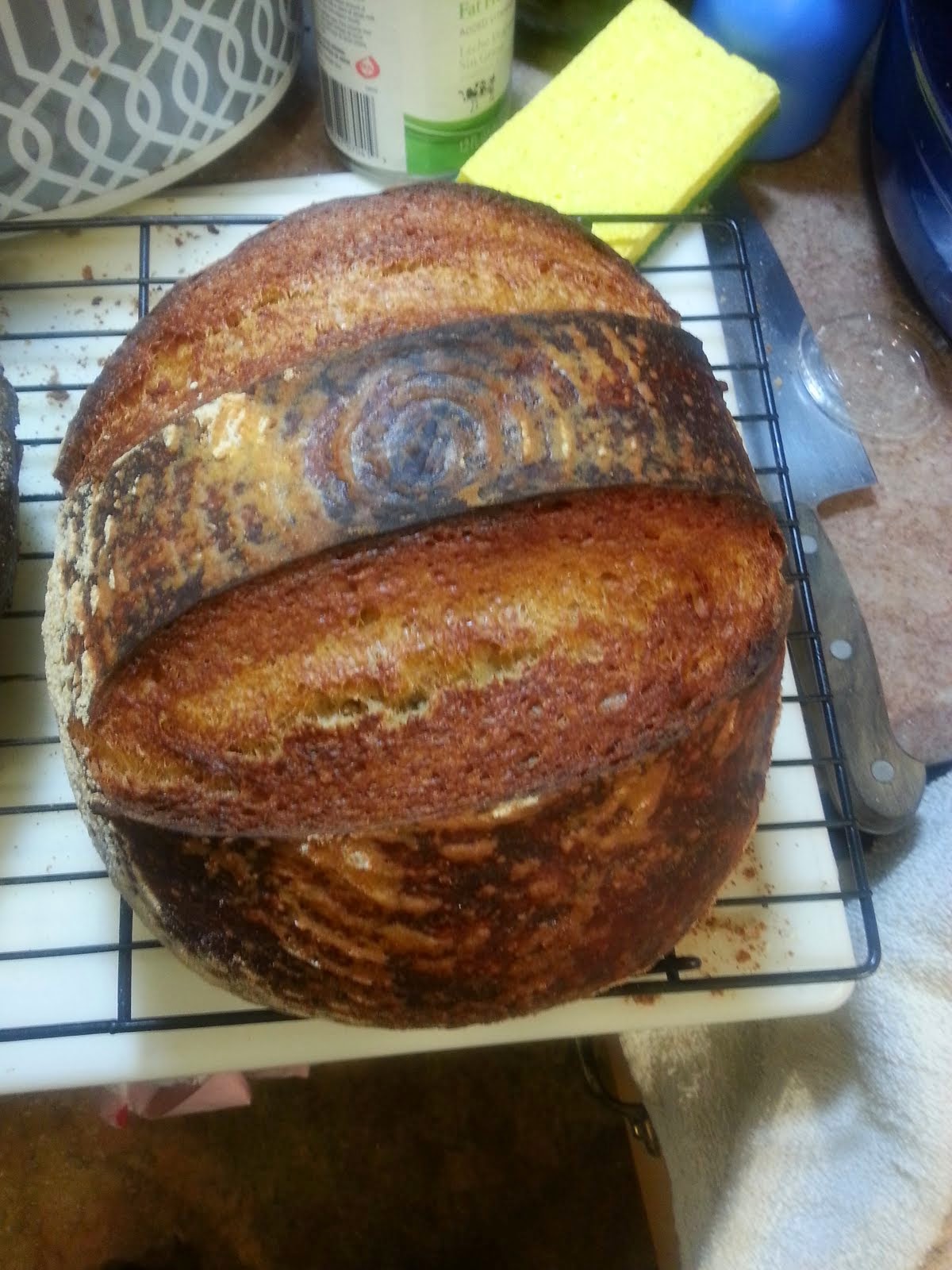As part of preparation for Bhakail Yule in December, and also as part of my research into English Pies, especially pork pies, I'm looking into Hot Water Pie Crust.
Known in the Middle Ages as 'coffyns', these crusts were originally used as a way to preserve meat. The crusts were formed and then filled with meat, the entire 'pie' was baked and cooled and then jellied stock was poured through a hole in the crust to seal off the contents. This allowed the contents to last quite a while. The crusts were highly salted and not meant to be eaten.
One of the dishes I'll be serving at Bhakail Yule is "Beefy Stew'd", a beef in gravy dish. It occurred to me that the Hot Water Pie Crust could be formed into bowls for service of this dish.
This recipe is based on one from the BBC Food website: http://www.bbcgoodfood.com/recipe/raised-pork-pie
I started by measuring out 575g plain flour and placing it in the bowl of a food processor. I added a large pinch of salt to the bowl as well. I then added 200g lard and 225ml water to a saucepan and placed it over medium heat.
I then added 200g lard and 225ml water to a saucepan and placed it over medium heat. As the lard just about finished melting, the water began to boil.
I then poured the nearly boiling water and lard mixture into the running food processor and a dough formed in moments.
I dumped the dough which was not at all sticky (thanks to all the lard) onto the board.
The temperature of the dough was 139 degrees when it came out the food processor.
I formed the dough into a ball and kneaded it for a few minutes until it was a smooth mass.
I then formed 250 grams of the dough around a small metal bowl.
(In the back, you can see the two small springform pans I'll be baking the pork pie experiment in soon.)
And put it into a 350 degree oven...
...and baked it for 1 hour...
After an hour, I took it out of the oven. The color is good, but there is a hole...
The crust was thinner there, which is reflected in the fact that it's browner in that area. This is a process problem, I believe, not a problem with the concept, and should be fixable in the next try...
Sadly, the hole is near the bottom, so this one won't be testable for holding a stew'y item. However, I'll see how it tastes in a bit...
Having let the bowl cool, we broke it apart and ate some of it. It's quite tasty, the lard comes through nicely. To my taste, it needs more salt.
Next up, a serving bowl for a table of eight...












